
2016 WCC, Game 7: Karjakin Puts d4 to Work
Would a New First Move Produce a New Result?A Quick Rant Before we Begin
Before the second half of the 2016 World Chess Championship begins, I feel the need to rant. Here's a conversation I've had at least 10 times over the past week.
Random GM : "I'm really excited for Karjakin to have the white pieces 2 games in a row, I think that's his best chance to get a win."
Me : "Carlsen and Karjakin played 47 times before this match. Karjakin won 11 of those games. 9 of those wins were with the black pieces, only 2 with the white."
Random GM : "Yea but a lot of those were blitz and rapid games where there's more volatility, so I wouldn't pay too much attention to that."
Me : "I also did a survey of Karjakin's games against other Super GMs, and out of 323 games, 55% percent of Karjakin's wins were with the black pieces. You should be most excited for Magnus to have the white pieces for 2 games, statistically that's when Karjakin has the best chance to win."
Random GM: "That's a really interesting opinion."
***End hypothetical conversation based on true events, begin rant***
Hey Random GM come over, here I have something I want to show you. You see this chess score sheet, see at the top where you write you name, and the date, and all that stuff? Don't pay attention to that for a second, I want you to look at all these funny little symbols on the side of each column. Those are called numbers. I know you've only had to write numbers one through 8, but there are more numbers. Here look at the score sheet again, this scoresheet goes up to 60. That's a really big number, but numbers go even higher than 60. We don't have time to talk about how high numbers go, I want to tell you about what numbers do. Numbers represent this other thing called: reality. Reality is where I spend some of my time. I was spending time in reality when I tallied up Karjakin's scores, and found he wins more often when he has the black pieces against these GMs. That is not an opinion, I'm relaying a fact.
So I invite everyone who is excited for Karjakin to have the white pieces to come join me in this great place called Factland! Let's take a tour: Alaska is America's most eastern and western state, Pierce Brosnan was both the heaviest and the lightest James Bond, and "unthaw" is the opposite of "unthaw." (Source) Karjakin wins against Carlsen and many other GMs more with the black pieces.
Sorry, just had to get that off my chest. Now, who is ready for Karjakin to win with the white pieces and make me look like a total idiot?
Game 7
In our Game 6 Report we speculated 1.d4 from Karjakin. Karjakin must be one of our readers because that's what he played! But seriously, the reason we predicted that was because some of Karjakin's seconds, Vladamir Potkin, and Shakhriyar Mamedyarov are predominantly 1.d4 players. Carlsen chose the Slav and we saw Game 7 steer the 2016 World Championship into new waters.
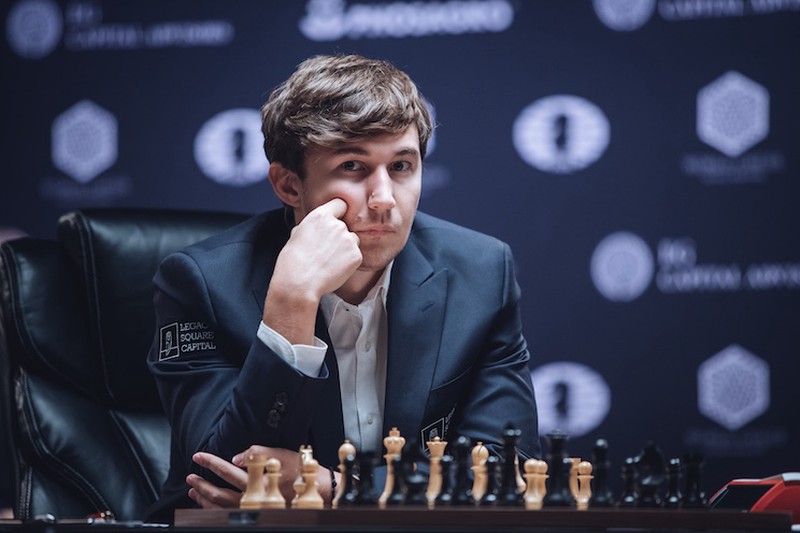
Photo Courtesy of Agon
Carlsen at his most Carlsen-y
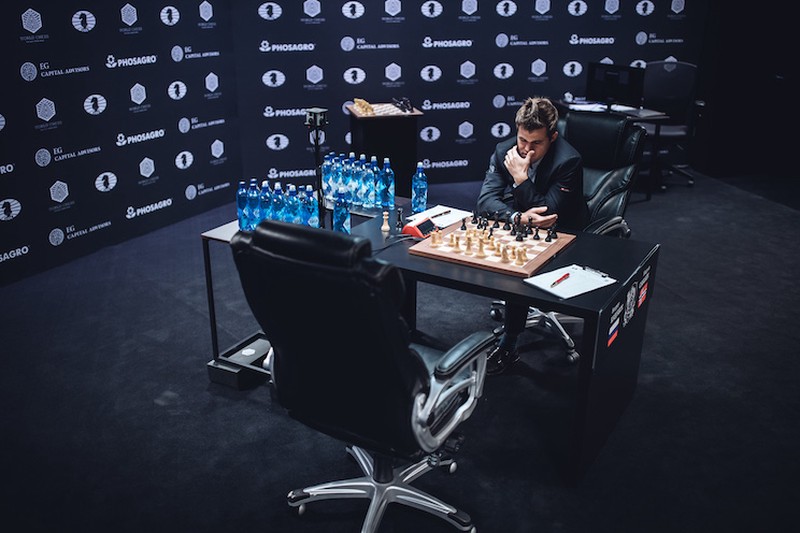
One Water Bottle for Every Pawn, Photo Coutesy of Agon
Carlsen continues his strategy of playing opening novelties. These novelties create equality over the board, and forces Karjakin out of preperation. Here's how Carlsen did this today. This position is before Carlsen's 10th move. I'll give you the lichess opening explorer statistics as well.
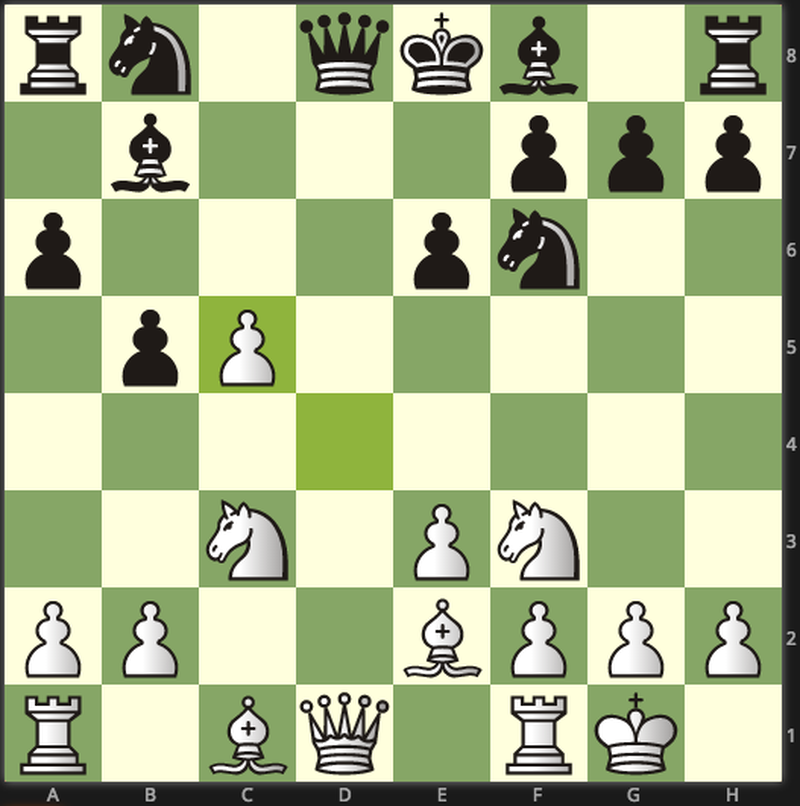
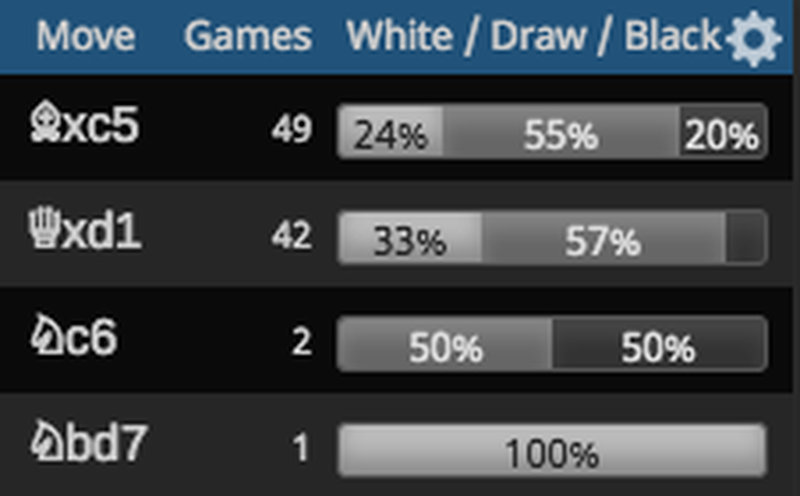
Carlsen played 10...Nc6. Karjakin thought for over 10 minutes, and played the equally strange 11. Nd2. At the post game press conference, Karjakin revealed that his original intention behind Nd2 was for the knight to go to b3, hitting the c5 bishop. After further calculation, Karjakin didn't want Carlsen's bishop to come to d6, eyeing his kingside. So he improvised and played the knight to e4. This is another great example of what moves like Nc6 from Carlsen does, making his opponents uncomfortable and giving them opportunities to make blunders.
Karjakin's Big Chance that Actually Wasn't
Here is the position before Karjakin's 16th move. Carlsen just played Rc8. If you were in Karjakin's shoes what would you play?
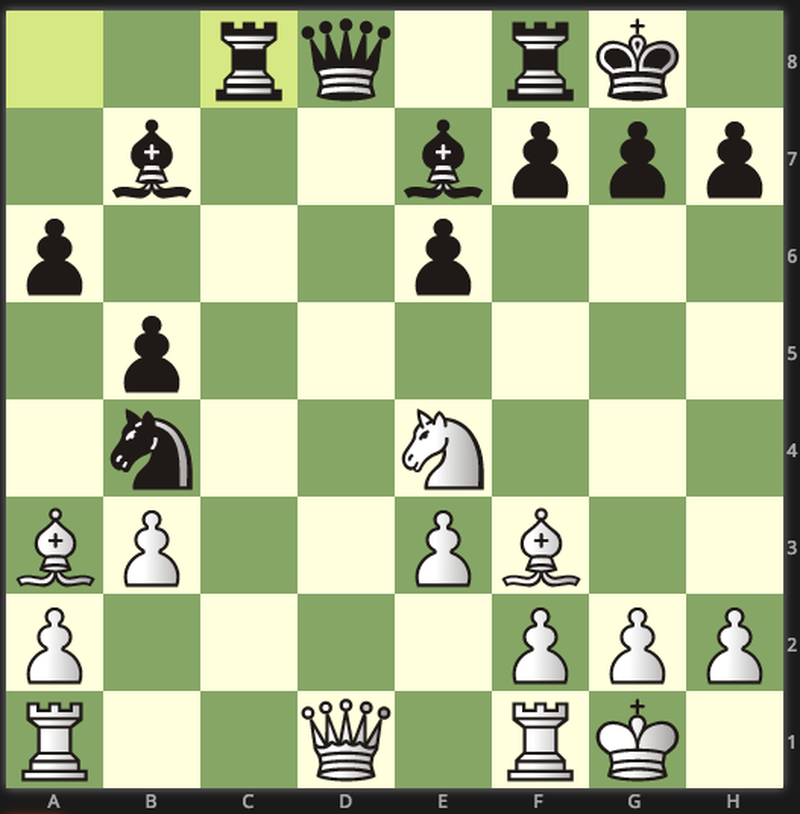
Karjakin started off with Nf6+ a discovered attack on the b7 bishop. For the next 10 moves both player's bishops dashed across the board, quickly clearing off piece after piece, like a child trying to clean up all their toys before dad gets home. You know how dad can get. After the dust settled the players were left with this position.
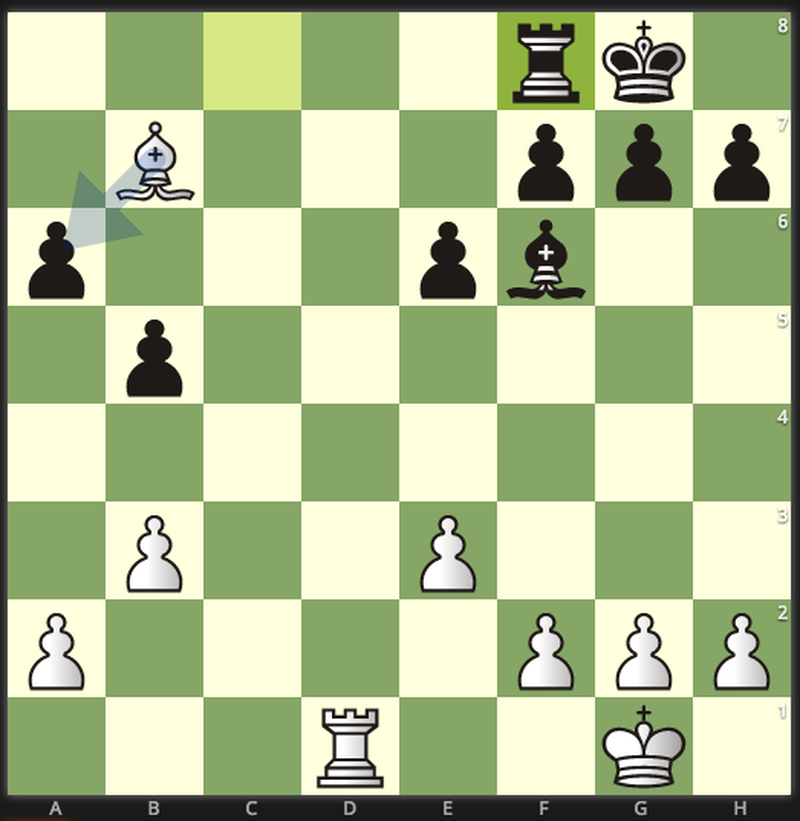
My initial reaction, shared by many, was: great, another opposite color bishop ending, looks like we're heading to yet another draw. But then, wait! Karjakin will win at least the a-pawn, is that enough to win? Karjakin does have a light squared bishop that matches the a-pawn's destination color. At this point, everyone emotionally prepared for watch Karjakin squeeze Carlsen for hours and hours.
Karjakin 'squeezed' Carlsen for 40 minutes, before agreeing to a draw. Here's the final position:
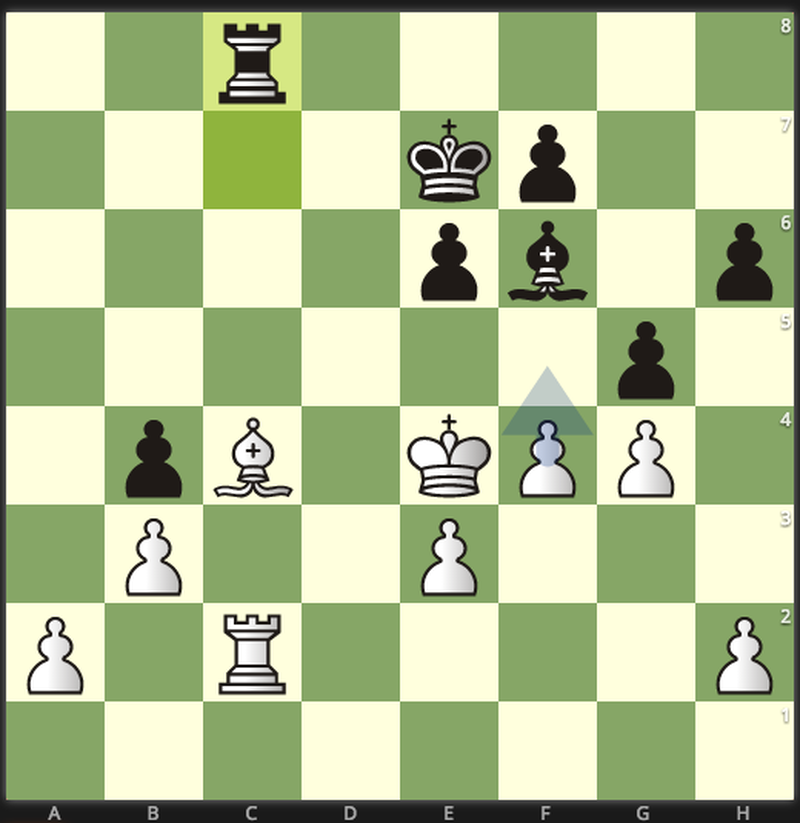
Here are some of the reasons why Karjakin agreed to a draw. If the rooks come off it's really difficult for Karjakin to win. Carlsen is more than happy to shuffle his rook between c7 and c8, ready to hop to the d-file and be exchanged for it's white counterpart. Karjakin has also been very cautious with the white pieces, and agreeing to a draw here certainly is just that. Karjakin could also simply want to save his energy for a more important moment in the match.
Five more games in regulation. Tomorrow I'll share with you two ways in which Karjakin has the advantage.
Tyler Schwartzis a passionate chess ambassador. Tyler is the President of Chess at 3, teaching chess to children all over the world at the suprising age of 3. He is the Head of Media at lichess.org. Tyler also manages a chess club on the upper east side of Manhattan.
More blog posts by Lichess
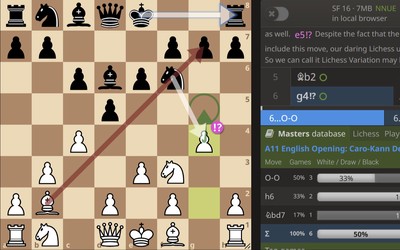
Lichess Game of the Month: March 24
Aggressive English/Reti system with 6.g4!?
Round 14: Gukesh and Zhongyi are officially the World Championship Challengers
A historic finish to the FIDE Candidates, as 17 year old Indian prodigy becomes the youngest World C…
Candidates Round 13: Gukesh takes the lead, Zhongyi pulls ahead
A massive day for the 17 year old Indian, as his chances to win the Candidates skyrockets, as Zhongy…
